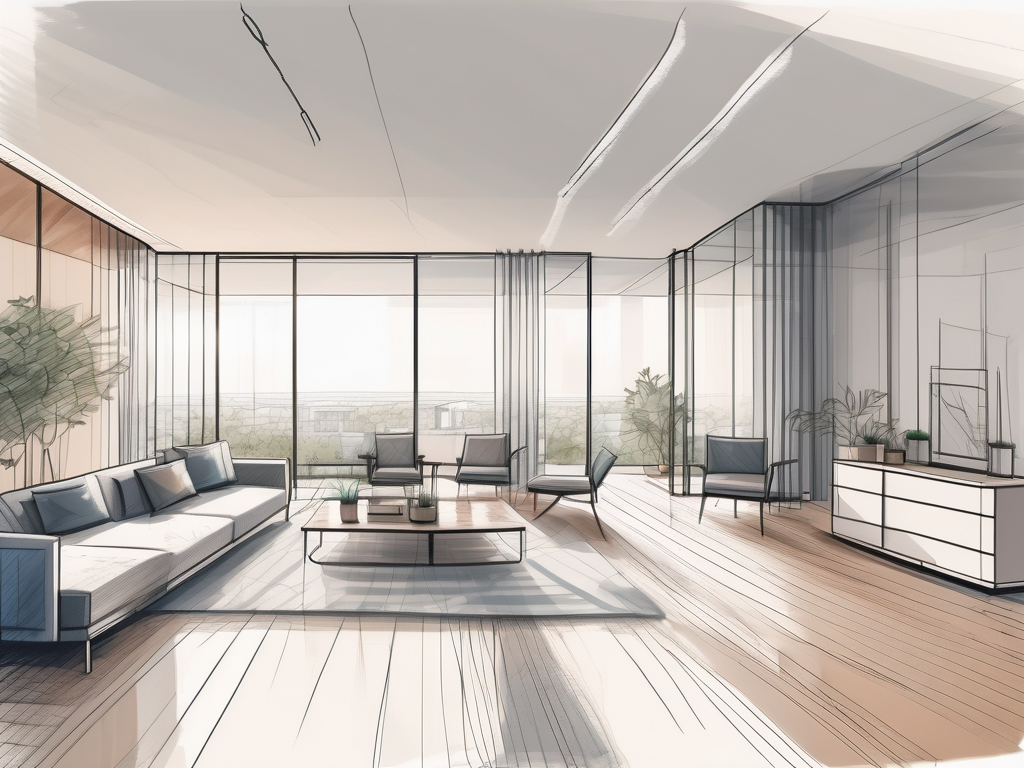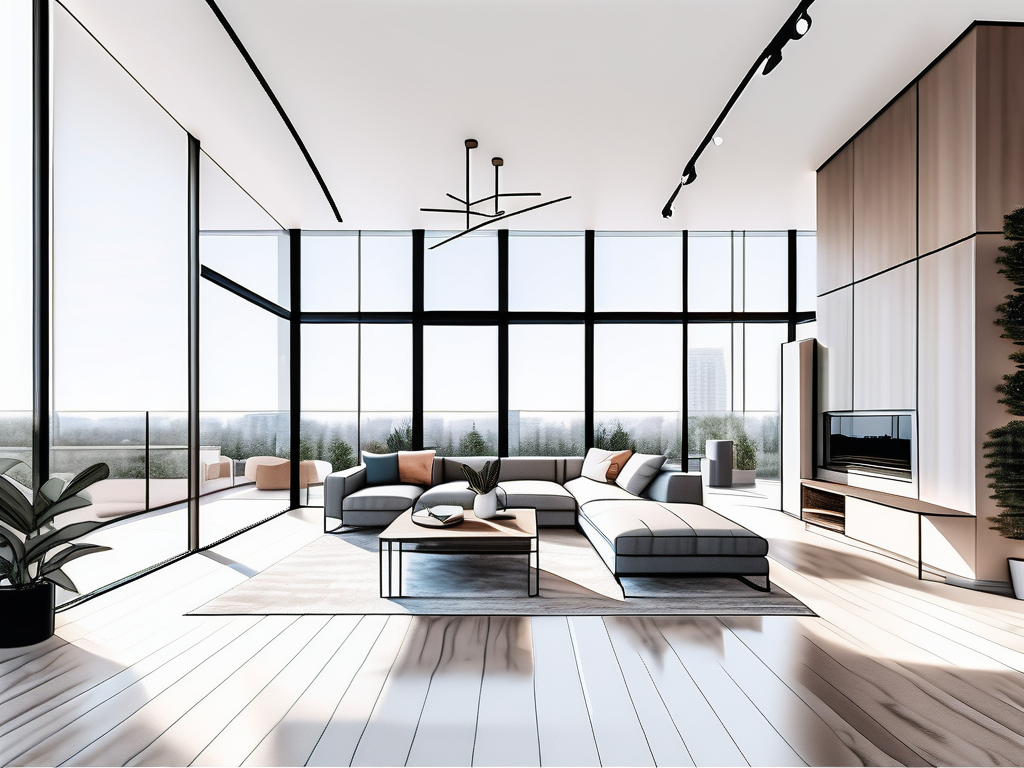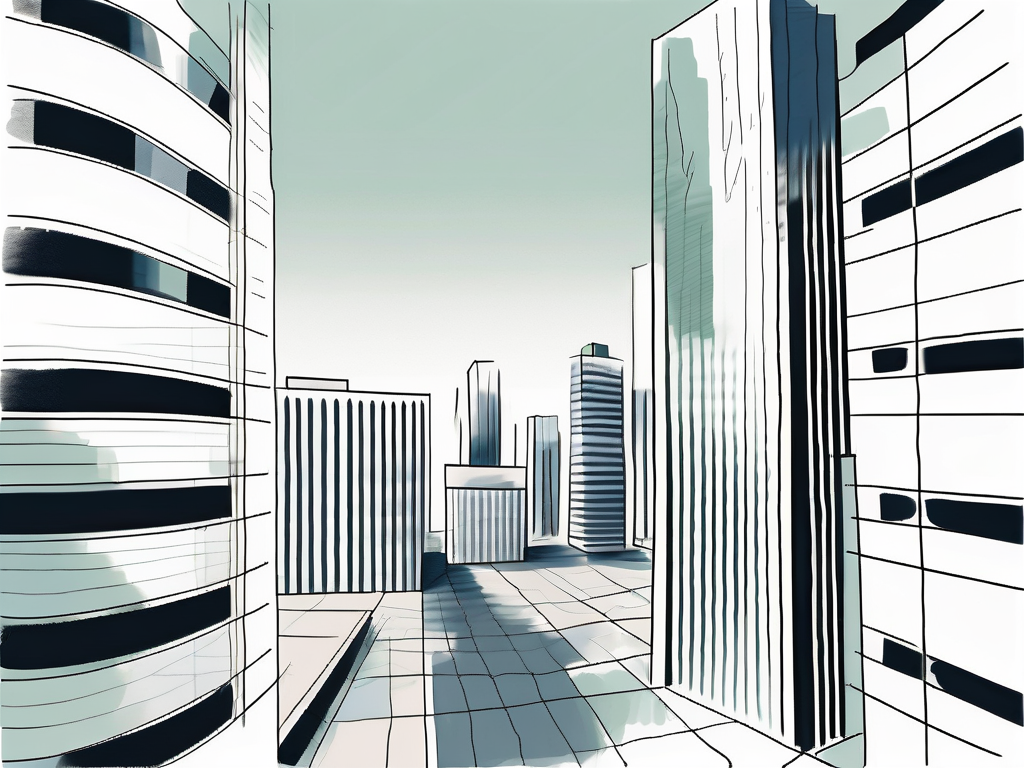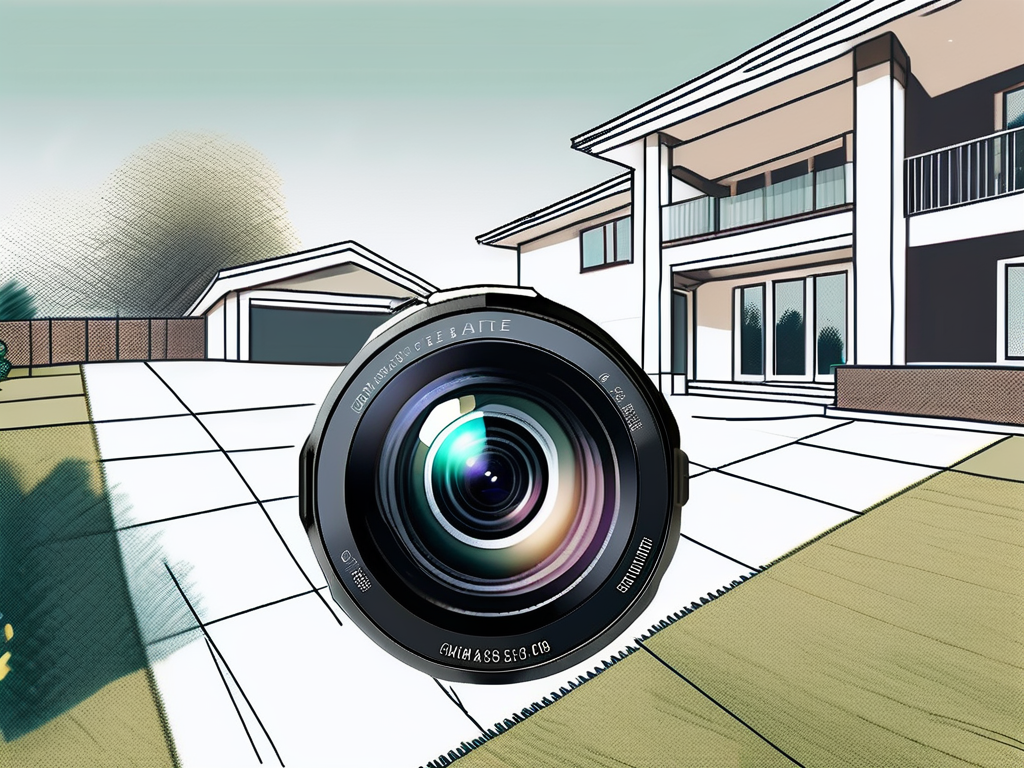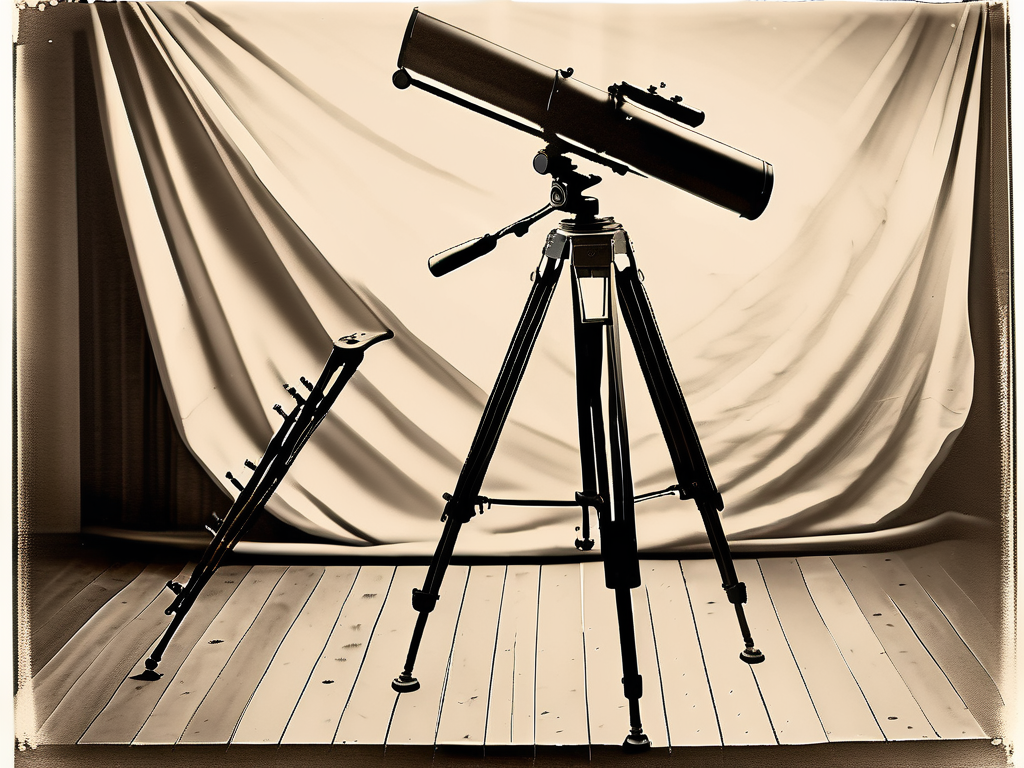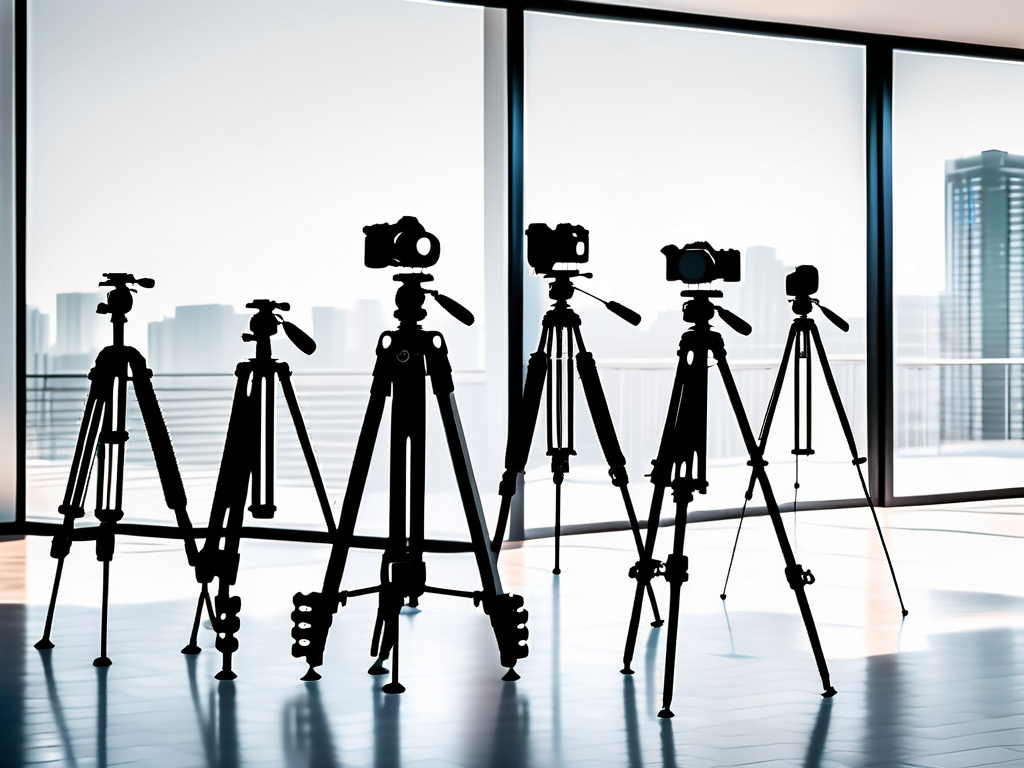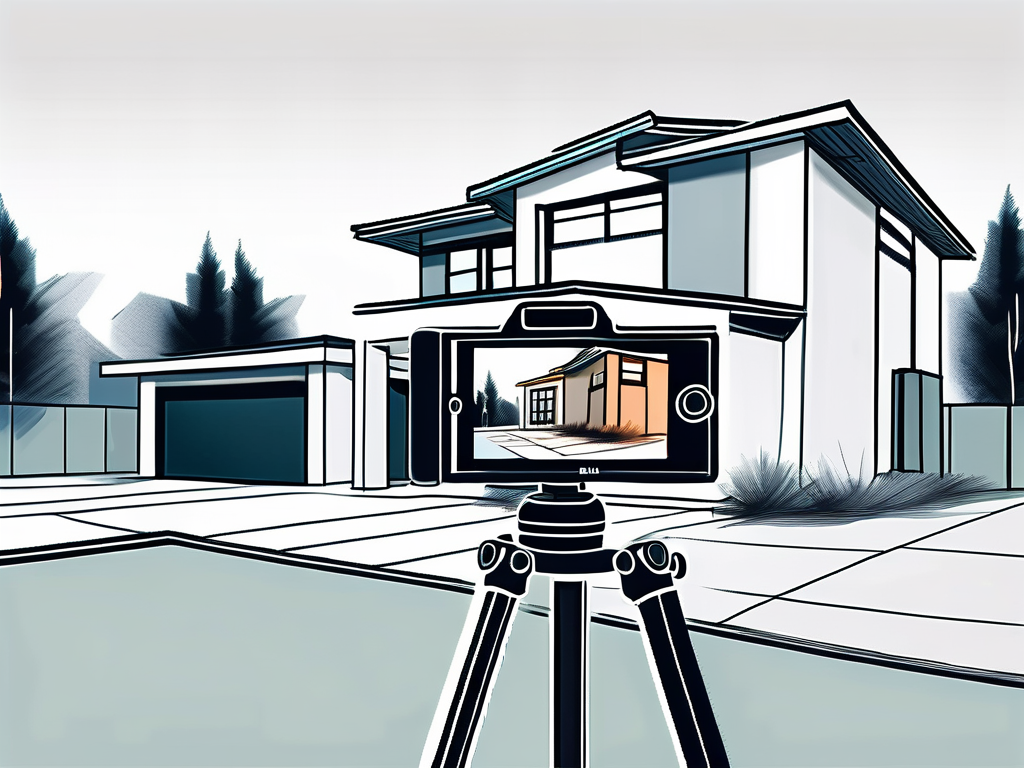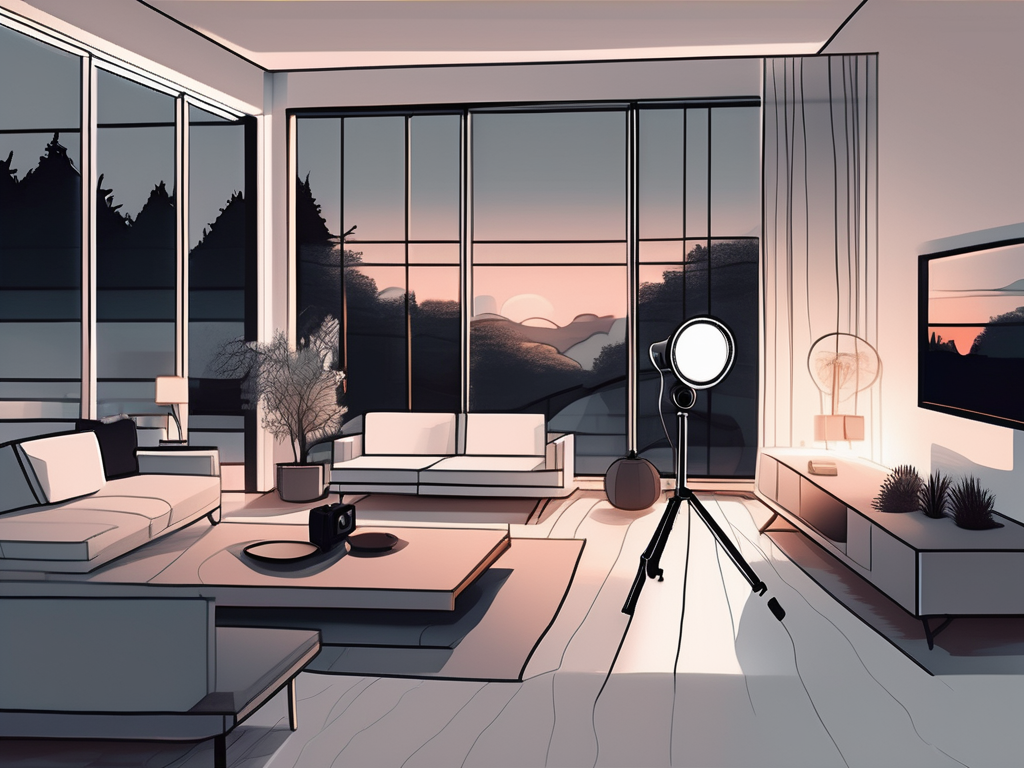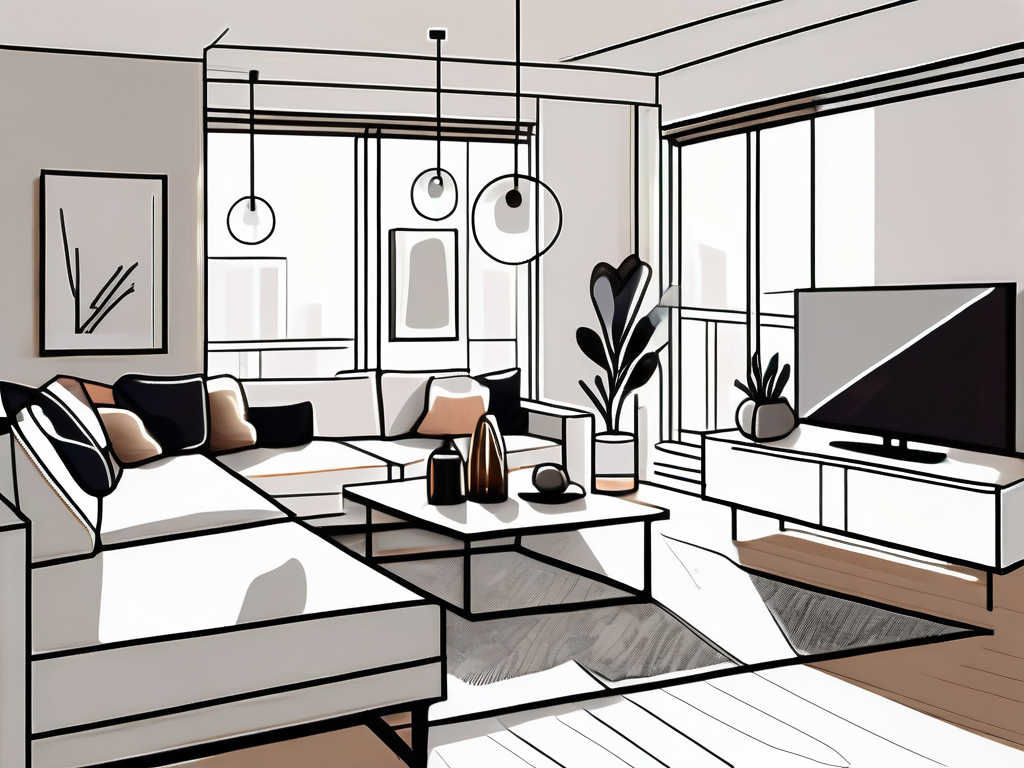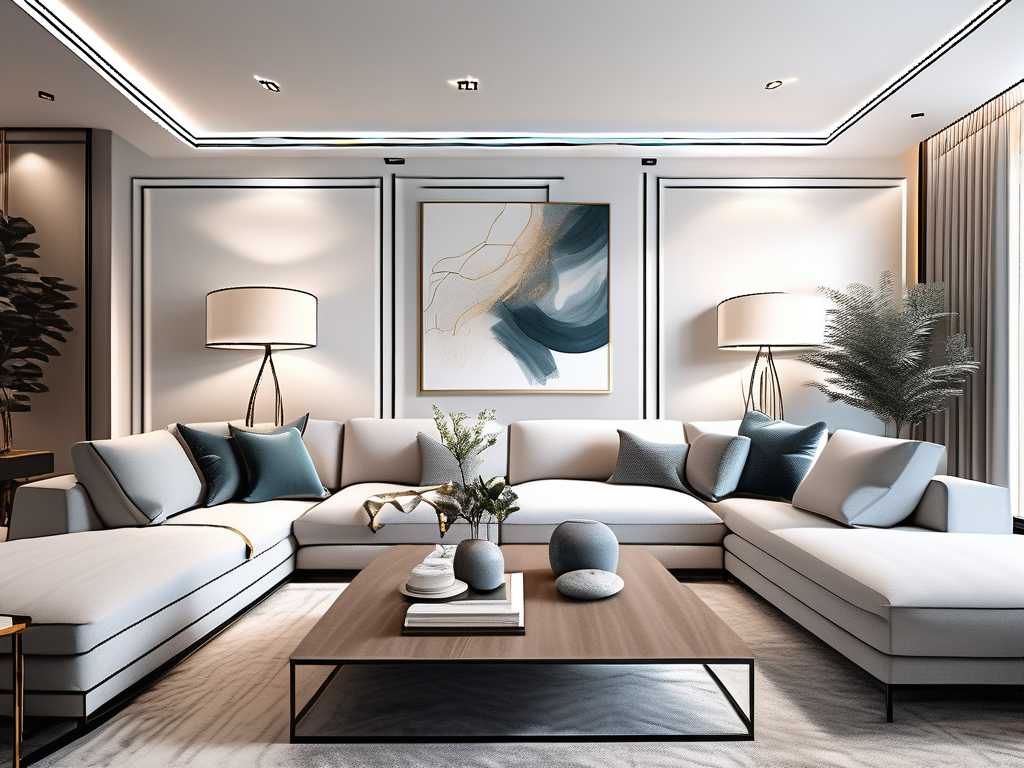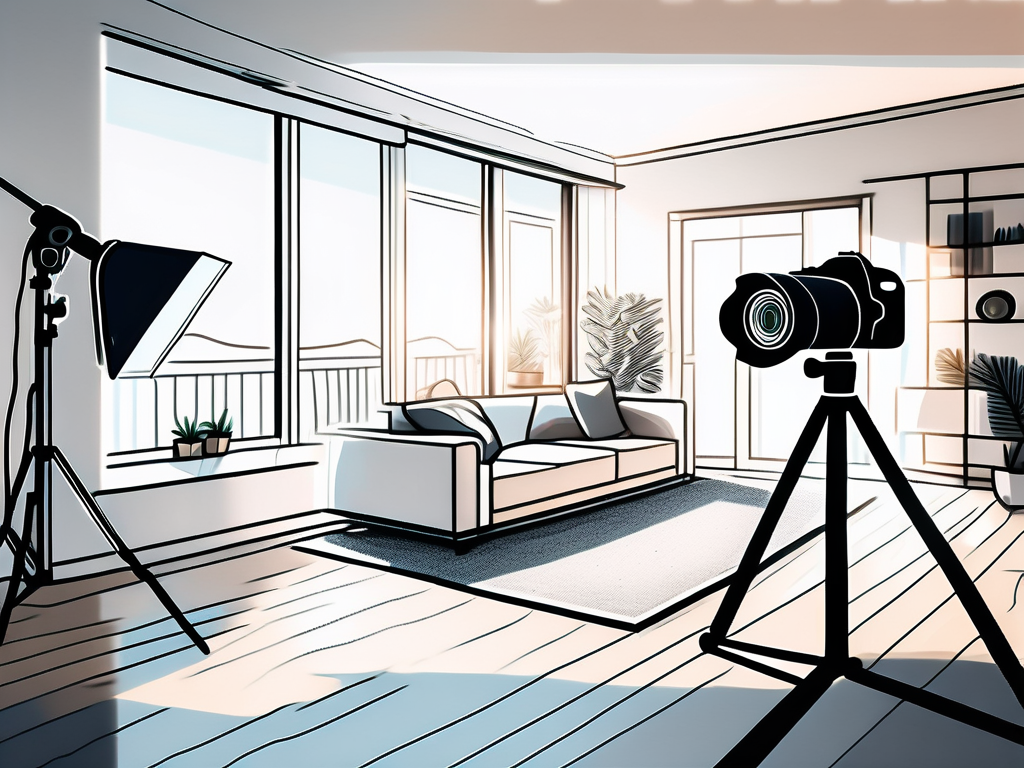Real estate photography can have a profound impact on the marketability of your property. The visual representation of your home is typically the first impression potential buyers encounter.
High-quality, professional photos can capture the beauty and unique characteristics of your home, making it stand out in a crowded marketplace.
By showcasing your home in the best possible light, you attract more interest, which can lead to quicker sales and potentially higher offers.

Investing in skilled real estate photography isn’t just about having pretty pictures; it’s about visually communicating the value of your property to buyers.
Professional photographers understand how to use composition, lighting, and angles to highlight the features that matter most.
A well-executed photoshoot requires meticulous preparation, both in terms of the physical space and the necessary equipment.
Ensuring your home is clean, staged, and photographed with the right tools will capture the attention of potential buyers scrolling through listings.
Key Takeaways
- Professional real estate photos can create a compelling first impression.
- Expert photography techniques enhance property features and overall appeal.
- Preparing your home for the photoshoot is crucial for high-quality images.
Benefits of Professional Real Estate Photography

Professional real estate photography can be a pivotal tool in your marketing strategy, directly impacting how quickly your property sells and the interest it garners from potential homebuyers. Let’s explore how expertly taken photographs enhance your listing.
Enhancing Curb Appeal
Curb appeal is your property’s first impression on potential buyers, often determining whether they’ll take a closer look. Professional photographs capture the attractiveness of your property, accentuating its best features and inviting homebuyers to envision themselves within the space. This can be a decisive factor in making your listing stand out.
Attracting More Homebuyers
High-quality images are a powerful element of your marketing mix, drawing in more homebuyers. Real estate agents understand that a picture is worth more than a thousand words, and when you present your property with professional imagery, you’re likely to attract a higher number of interested buyers, driving up demand.
Boosting Property Value
Crisp, clear, and professional photographs can actually help boost the perceived value of your property. When potential homebuyers see a well-presented listing, they are often willing to consider a higher price point.
By investing in professional real estate photography, you’re not just selling a property; you’re communicating its value and potential.
Do realtors pay for real estate photography?
Do realtors pay for real estate photography? When it comes to showcasing a property, hiring a real estate photographer is essential. Professional real estate photographers can provide real estate photography tips to help real estate agents best showcase their properties. Just because a photography company is hired, it doesn’t mean the real estate agent will have the best real estate listing photos. Photo editing can make a big difference in how the real estate listings appear. It’s important to hire a photographer who can provide 3D virtual tours, floor plans, and virtual tours to help real estate marketing materials stand out.
One of the key aspects of a successful real estate photo shoot is to focus on the time of day and make sure that exterior photography is done in the best light possible. Overcast sky can actually be beneficial in avoiding harsh shadows and distractions. It’s also important to make sure that the properties look clean and free of clutter, as well as removing any family photos or personal items that could distract potential buyers. Before the photo shoot, it’s important to provide the photographer with a detailed shot list and to communicate with the homeowner about the process.
Key Real Estate Photography Techniques

Effective real estate photography demands mastery of certain techniques that ensure your property is showcased at its best. Understanding these methods can significantly enhance the aesthetic appeal and, consequently, the value perception of your property.
Composition and Framing
When capturing real estate photos, your composition should convey the purpose and feel of each space.
Use the rule of thirds to balance elements and lead the viewer’s eye through the scene. For example, ensure that key features like fireplaces or built-in bookcases are well-positioned within the frame.
Strategic framing can make rooms appear more spacious and inviting.
Proper Lighting and Exposure
Lighting is crucial in real estate photography.
Natural light is preferred, as it can make spaces appear larger and more welcoming.
Shoot during the golden hours for a warm glow, or on a bright day for clarity and brightness.
When dealing with interior shots, be mindful of exposure settings on your camera to avoid over or underexposed areas, which could obscure important details of the space.
Editing and Post-processing
After taking your shots, editing and post-processing are where you polish the images.
Tools like Photoshop or Lightroom can be used for adjusting the exposure, contrast, and color balance to better reflect the property’s atmosphere.
Subtle retouching can remove unwanted items or imperfections, ensuring the final photographs present the property in the most professional light possible.
Remember, the goal is enhancement, not deception.
The Right Equipment for the Job

In real estate photography, your equipment can make all the difference. Ensuring you have the right tools for capturing spaces is crucial to producing high-quality images that showcase properties in their best light.
Choosing Cameras and Lenses
Your choice of camera should be a DSLR or a digital SLR camera, appreciated for their high-quality images and versatility in lens selection.
Start with a professional camera that allows full manual control over camera settings like aperture, shutter speed, and ISO.
This is important for adapting to various lighting situations and room sizes.
A wide-angle lens is indispensable; it captures more of the room and creates a sense of spaciousness, which is essential in real estate photography. An optimal focal length is between 16-35 mm for full-frame cameras.
Utilizing Tripods and Stabilizers
To achieve sharp and clear photos, steady your camera using a tripod.
It’s worth investing in a robust model that can handle the weight of your camera and lens, particularly when employing heavier zoom lenses.
Stability is key for long exposure images and low-light conditions.
Consider a tripod with a sturdy head, preferably a ball-head for flexibility or a geared head for precision in alignment, which is often considered the gold standard for architectural and real estate photography.
Investing in Lighting Tools
Excellent lighting can transform an image. Natural light is preferred, but it’s not always available.
Supplement with artificial lighting as needed; flashes and light stands are essential.
Diffused light works best to illuminate a space evenly and eliminate harsh shadows or highlights.
Multitasking tools like a reflector can help to bounce light into darker areas of a room.
Your lighting setup can range from simple on-camera flashes to elaborate multiple flash systems, depending on the scale and complexity of the shoots.
Preparing Your Property for a Photoshoot

To ensure your property is showcased at its best, attention must be paid to staging, cleanliness, and space optimization. Thorough preparation can dramatically enhance the appeal of your property in the competitive real estate market.
Staging and Decluttering
Staging your home entails arranging furniture and decor to maximize the space’s appeal.
Ensure the living room invites comfort with tasteful furnishings and minimal decor to let the space speak for itself.
In the bedrooms, especially the master bedroom, aim for a neutral color palette and remove personal items to allow potential buyers to envision themselves in the space.
Decluttering is equally important.
Clear kitchen countertops and bathroom vanities, remove magnets from the fridge, and tuck away toys and excess clothes.
Each room should appear spacious and organized, highlighting the property’s features without distraction.
Cleaning and Detailing
Cleaning your home should go beyond the daily routine.
Every surface from the floors to the ceiling lights should be cleaned meticulously, ensuring kitchens and bathrooms shine.
Polishing faucets, mirrors, and windows will make these rooms more inviting and suggest a well-maintained property.
Attention to detail is critical.
Small touches like fluffed pillows, neatly arranged bookshelves, and a set dining table can make a difference. These elements contribute to the lifestyle your property promises.
Optimizing Interior and Exterior Spaces
Take advantage of natural light for interior shots by opening curtains and blinds, which will illuminate the home and create a sense of openness.
Properly placed furniture helps define spaces within the home, making rooms appear larger and more functional.
For exterior shots, your home’s first impression counts.
Maintain landscaping with trimmed hedges and a manicured lawn. Remove any vehicles from the driveway and tidy the yard to ensure a clear view of the property, emphasizing the available outdoor space.
Real Estate Photography Business Essentials

To excel in real estate photography, your business must combine competitive pricing strategies, effective marketing tactics, and comprehensive business management. These factors are critical in establishing your reputation and success in the industry.
Setting Competitive Pricing
When considering real estate photography pricing, you should evaluate both overhead and market rates to set fees that are fair and competitive.
Start by listing your expenses such as equipment costs, transportation, and insurance, and then add a margin for profit.
It’s wise to create a tiered pricing model based on property size or package deals to accommodate various client needs. This allows you to cover small apartments and large estates alike, securing a wider client base.
- Standard Package: Includes basic coverage, suitable for small properties.
- Premium Package: Offers extended services like aerial shots, especially for large estates.
Considering a professional photographer’s time and expertise is also vital in determining your rates.
Ensure your pricing reflects the quality of work you provide and allows you to maintain a sustainable business model.
Marketing Your Photography Services
Your marketing strategy should highlight your strengths and showcase your work to the right audience.
Build a portfolio that exhibits the best of your real estate photography, which you can use on your business cards, website, and social media.
A robust portfolio reassures potential clients of your capability to deliver high-quality visual content.
Immortalize your top projects with descriptions outlining challenges and solutions:
- Luxury Property: Showcase upscale amenities with elegant photography.
- Commercial Estate: Highlight business-centered features and design.
Networking at real estate events and online communities can also boost your reputation.
Collaborate with real estate agents who can refer your services, and consider joining professional photography associations to increase visibility and credibility.
Managing a Successful Real Estate Photography Business
Effective management of your real estate photography business encompasses more than just capturing stunning images; it involves meticulous business planning and client relations.
Keep detailed records of client interactions, agreements, and invoices to ensure smooth operations.
Insurance is also a non-negotiable aspect of your business, protecting you from unexpected liabilities and equipment damage.
Remember to integrate customer feedback into your business model to continuously improve service quality.
Moreover, regular updates to your portfolio, along with a transparent fee structure, can fortify trust and encourage repeat business.
Prioritize delivering exceptional service to every client as your reputation will ultimately be the cornerstone of your success.
Frequently Asked Questions

Real estate photography is critical to showcasing your property effectively. It highlights your home’s best features and can make a significant difference in how quickly it sells and for what price.
Why should I consider professional photography for my property listing?
Professional photography ensures that your property is presented in the best possible light. High-quality images can grab potential buyers’ attention and are more likely to get them to view the listing in detail.
What advantages do professionally taken photos offer in selling a home?
Professionally taken photos offer a realistic and attractive representation of your home, which can attract more buyers and trigger competitive offers. They provide an accurate visual story of your property, emphasizing its strengths.
Can quality real estate photography impact the selling price of a home?
Yes, quality real estate photography can impact the selling price. Homes with professional photographs tend to sell for more, as compelling images can increase perceived value and lead to higher offers.
How can real estate photography influence a buyer’s decision-making process?
Real estate photography can significantly influence a buyer’s decision by highlighting the features of a home in a compelling way. This visual appeal can create emotional connections, making the property more memorable and desirable.
What is the role of real estate photography in online property marketing?
In online property marketing, real estate photography is essential as it is often the first point of contact between the buyer and the property. High-quality photos can increase traffic to the online listing and keep potential buyers engaged.
How does professional photography affect the length of time a property is on the market?
Professional photography can reduce the time a property spends on the market.
Attractive, high-resolution images can lead to faster sales, as they help listings stand out amongst the competition, encouraging quicker buyer interest and action.
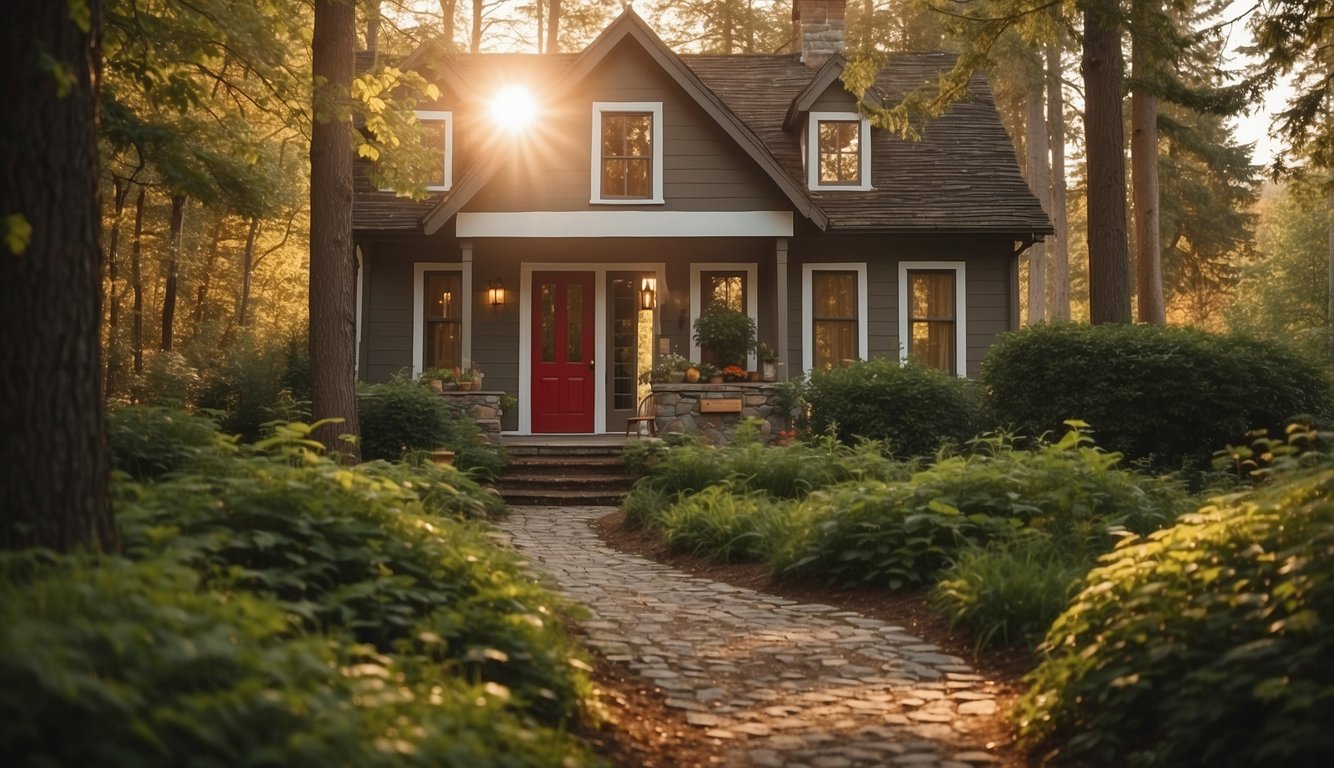
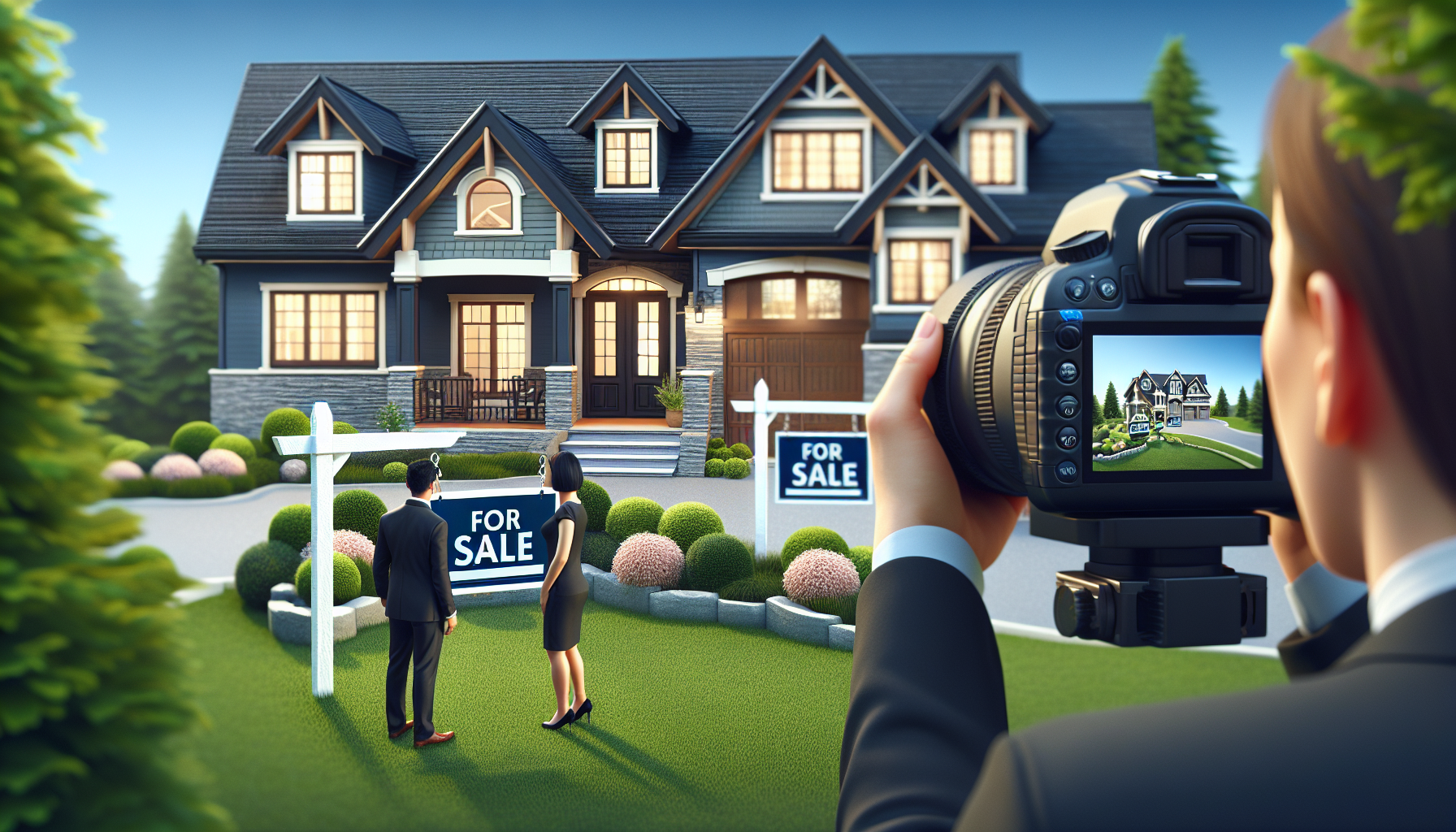

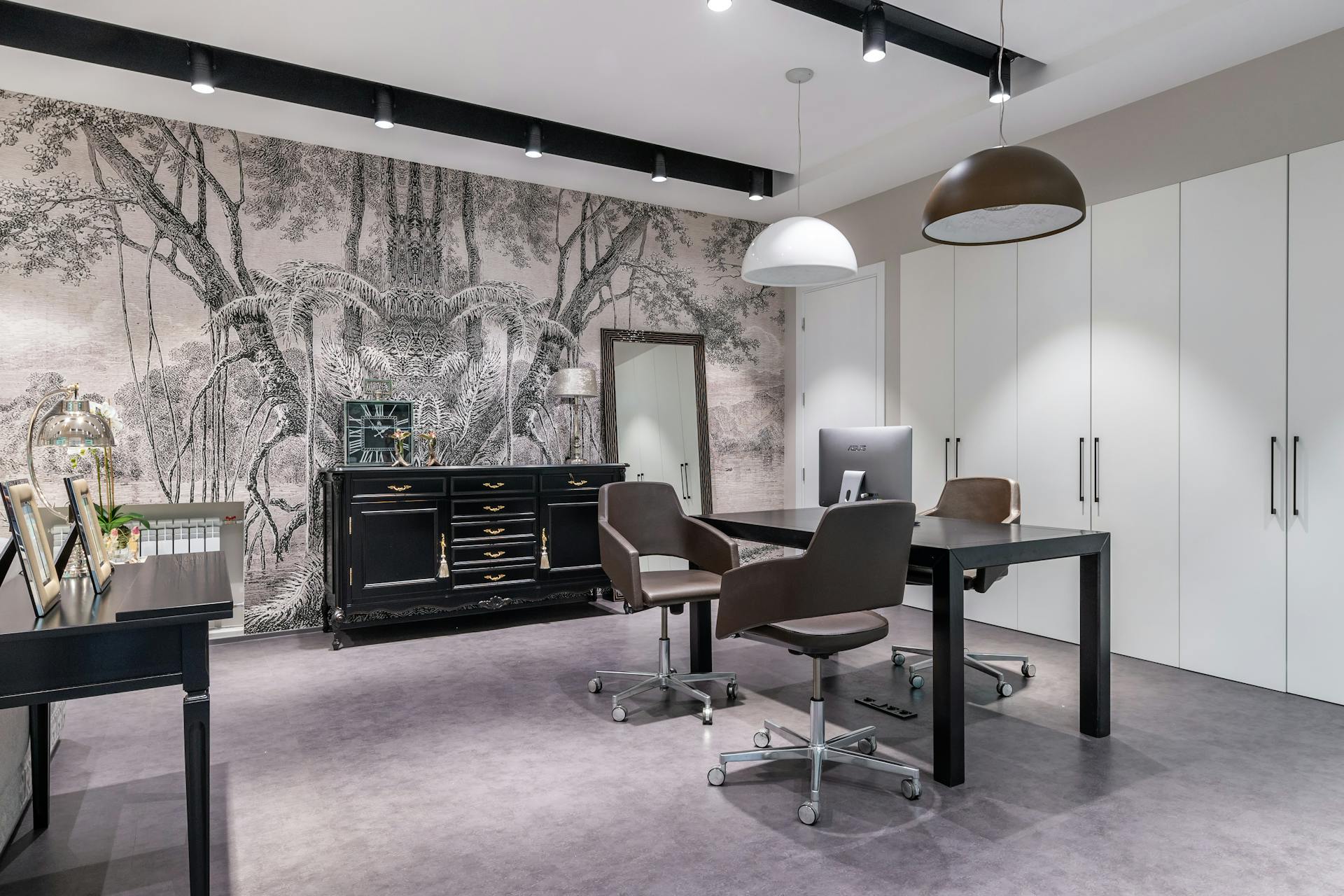
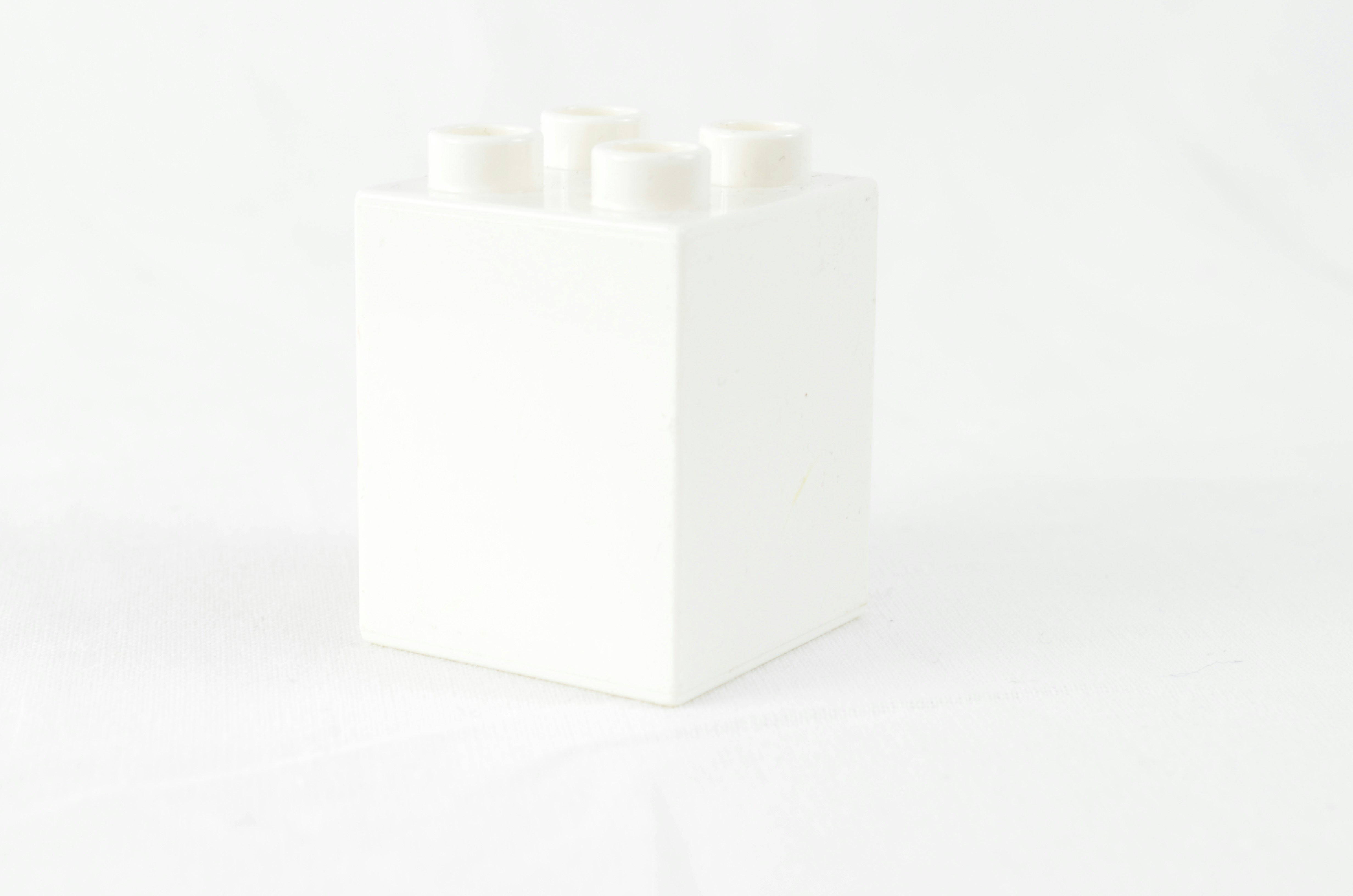 by Marcella Marcella (https://unsplash.com/@celle_a_belle)
by Marcella Marcella (https://unsplash.com/@celle_a_belle) by Damian Zaleski (https://unsplash.com/@zal3wa)
by Damian Zaleski (https://unsplash.com/@zal3wa) by Milad Fakurian (https://unsplash.com/@fakurian)
by Milad Fakurian (https://unsplash.com/@fakurian)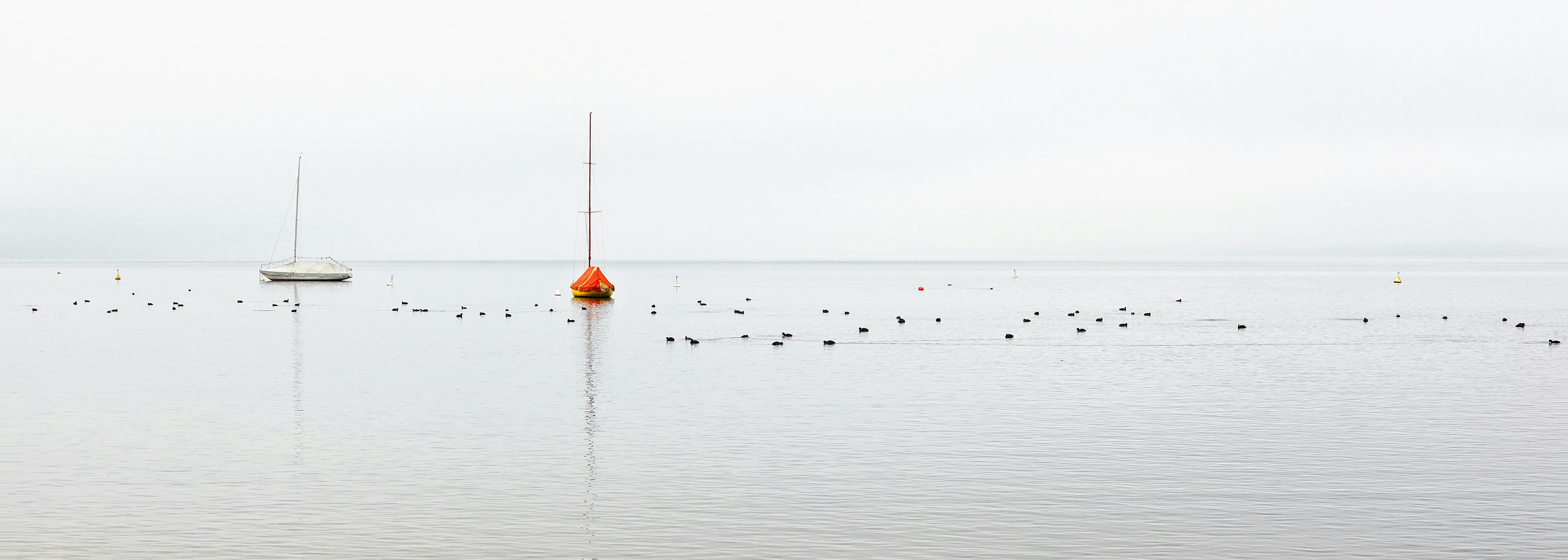 by Catherine Avak (https://unsplash.com/@catherine_avak)
by Catherine Avak (https://unsplash.com/@catherine_avak) by Kari Shea (https://unsplash.com/@karishea)
by Kari Shea (https://unsplash.com/@karishea)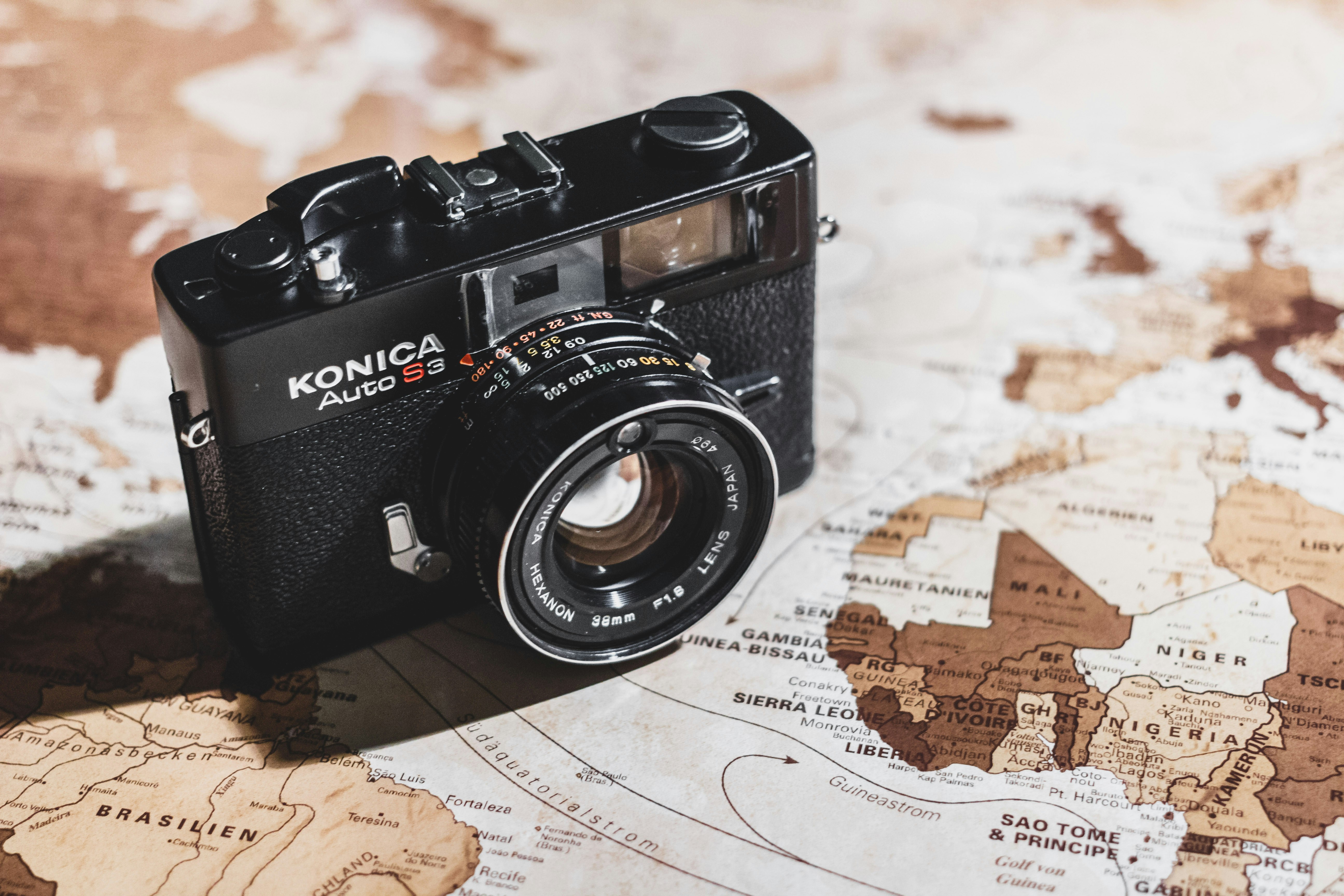 by Sebastian Pichler (https://unsplash.com/@pichler_sebastian)
by Sebastian Pichler (https://unsplash.com/@pichler_sebastian)